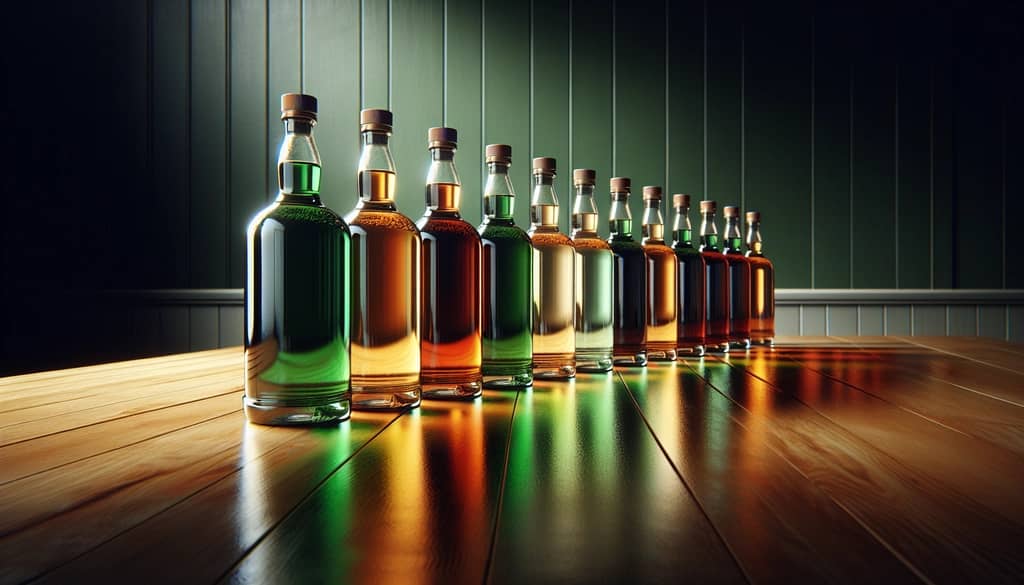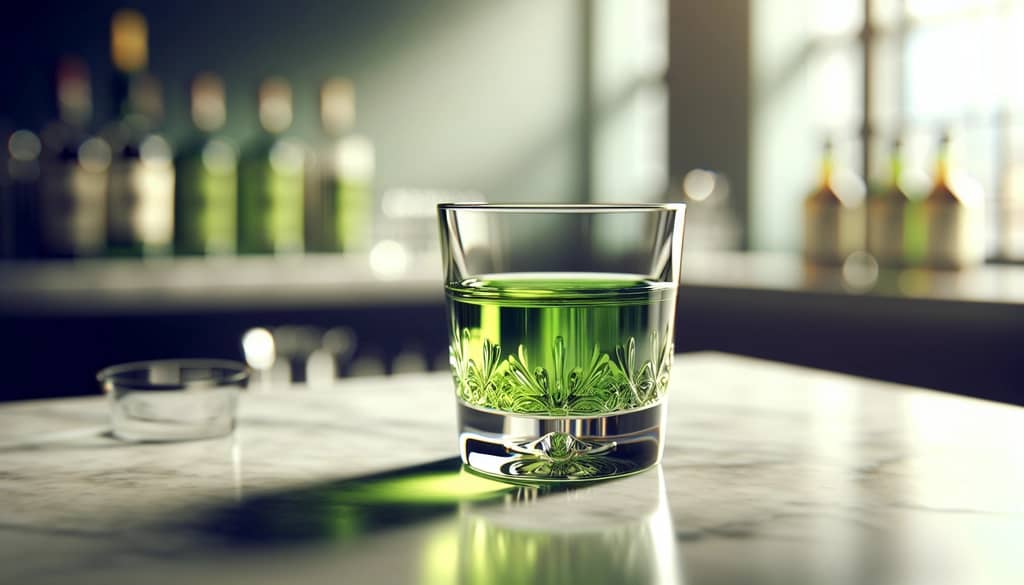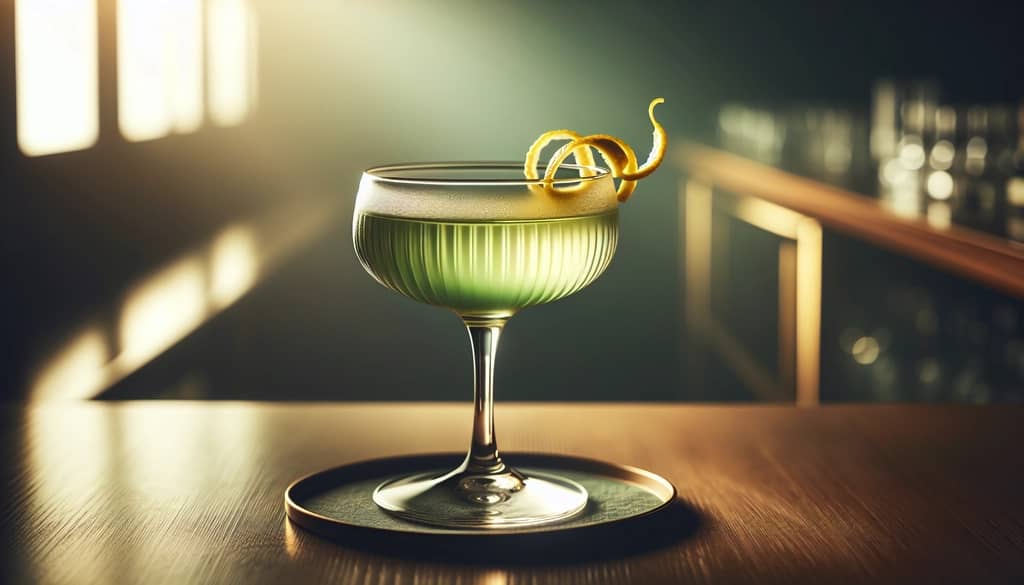Updated on: 6/3/2025
What Is the Alcohol Content of Herbal Liqueurs?

Herbal liqueurs bring together unique flavors, from sweet and floral hints to deeply spiced and bitter profiles—each shaped by a diverse range of herbs and botanicals. Alongside these pronounced flavors, one key aspect sets them apart: their alcohol content. Understanding the ABV (alcohol by volume) in herbal liqueurs is essential for balancing cocktails and choosing the right bottle for your preferences.
Typical Alcohol Content of Herbal Liqueurs
Most herbal liqueurs fall within a broad ABV range, depending on their traditional style, recipe, and producer. Here’s what you can expect:
- General ABV range: herbal liqueurs typically range from 15% to 55% ABV (alcohol by volume).
- Lower-proof examples (15–30% ABV): often sweeter and designed for sipping or lighter cocktails. Examples: St-Germain (elderflower, 20%), Benedictine (40%), Drambuie (40%), though these can still reach higher strength.
- Higher-proof examples (35–55% ABV): bitters, after-dinner liqueurs, and digestifs. Examples: Chartreuse Verte (55%), Jägermeister (35%), Fernet-Branca (39%).
What Affects the Strength of Herbal Liqueurs?
- Original recipe & style: Traditional medicinal liqueurs (like Fernet or Chartreuse) were designed higher in alcohol for extraction and preservation, while modern, sweeter liqueurs often dial down the ABV.
- Botanical load: More intense herbal blends can require a higher alcohol content to better extract and stabilize flavors.
- Sugar content: Sweetness balances alcohol “heat.” Sweeter liqueurs may be lower proof yet taste balanced when sipped straight or mixed.
Cocktail recipes often call for specific brands to harness both the unique herbal flavors and the desired alcohol strength. Chartreuse, for instance, is valued for its higher ABV and bold, complex profile, whereas a lighter liqueur like St-Germain is chosen for floral accents with moderate alcohol.

How Does Alcohol Content Affect Use in Cocktails?
Alcohol content influences both the structure and flavor impact of herbal liqueurs in mixed drinks. Higher-proof liqueurs contribute more body and intensity—even a small amount can dominate a cocktail. Lower-proof liqueurs are often added in larger quantities and lend delicate notes. Bartenders balance herbal liqueur choices with the base spirits (gin, whiskey, rum), mixers, and dilution for the intended experience.
- Strong herbal liqueurs (over 40% ABV): best used in moderation. Try 5–15 ml as a modifier or accent in stirred or shaken drinks.
- Mid-strength or lower: can be used as a primary liqueur, 15–45 ml, as in classics like the Last Word or herbal sours.

Key Takeaways for Home Bartenders
- Always check the bottle for ABV before mixing; recipe balance depends on it.
- Be cautious when substituting brands—flavor, intensity, and strength can differ dramatically.
- Start with a small dose of high-proof herbal liqueurs; you can always add more, but it’s tough to dial back overpowering botanicals.